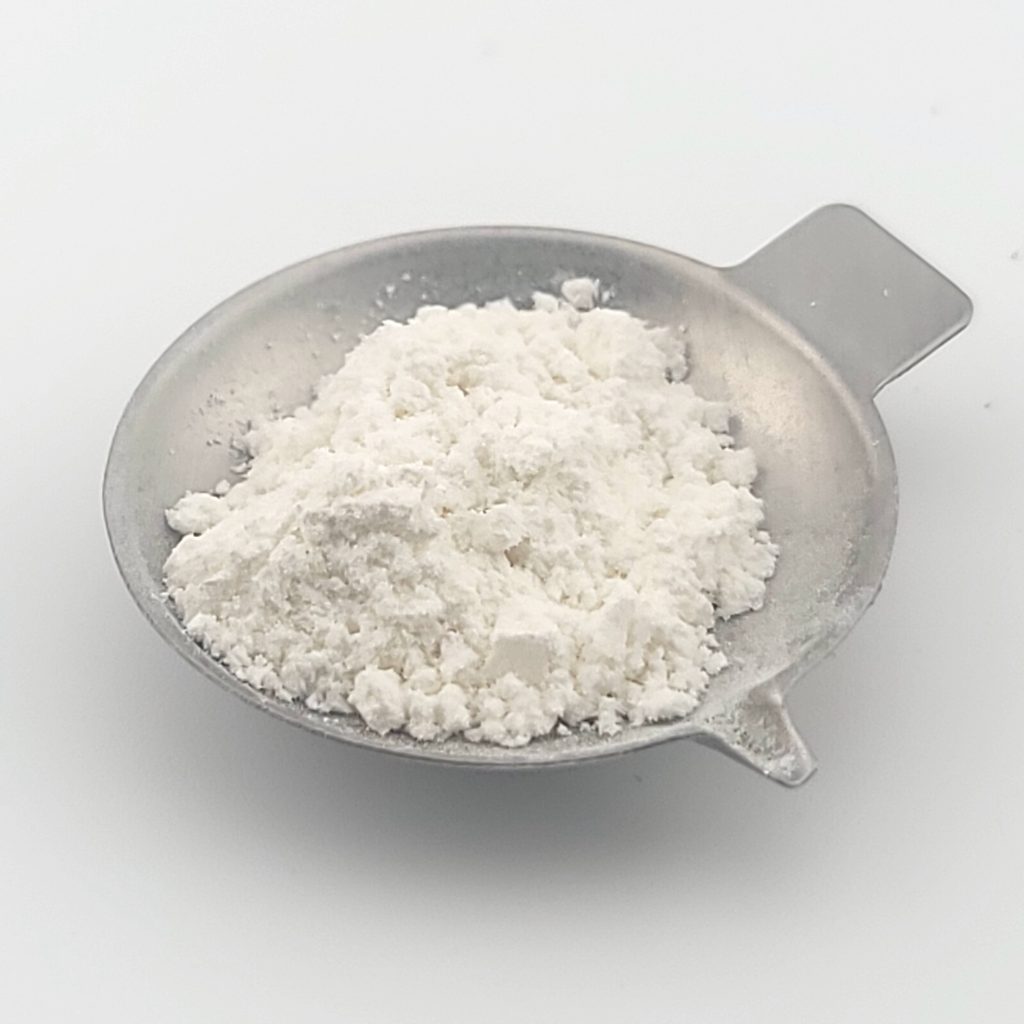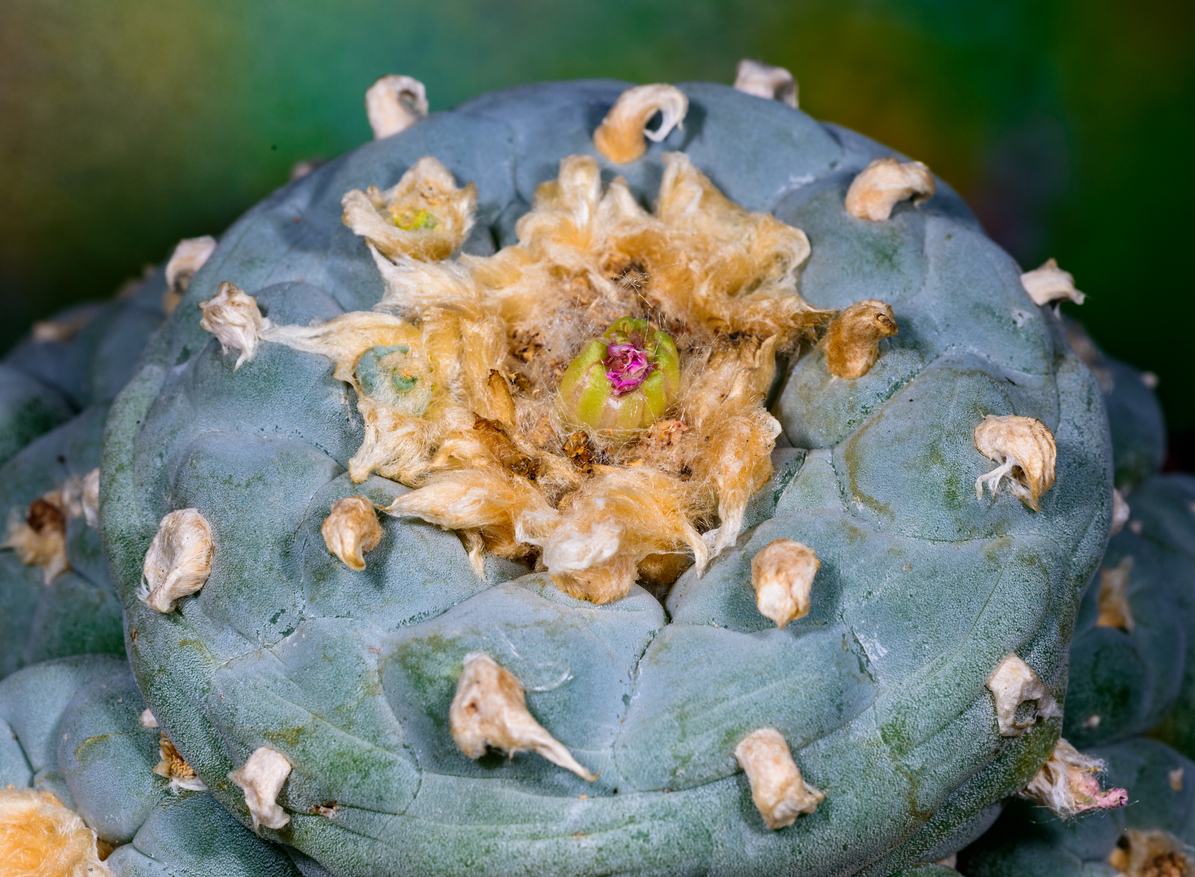Mescaline is an incredibly fascinating psychedelic that has been used for centuries. It is one of the oldest psychedelics traced back thousands of years by indigenous shamans. As well as being one of the very first psychedelics studied by western medicine before being overshadowed by LSD. LSD was a lot easier to produce and more potent, hence why it took the lead in the 60s psychedelic research. Mescaline’s deep introspective nature and spiritual experiences have given it the reputation as a powerful tool for reaching altered states. Mescaline is unique from other psychedelics like LSD or magic mushrooms both chemically and in experience. Which is why mescaline makes a great psychedelic to explore if you have the patience and time. Let’s dive into what exactly mescaline is, where it comes from and what exactly it does in today’s blog.
What is Mescaline?
Mescaline (3,4,5-trimethoxyphenethylamine) is a psychedelic and main psychoactive compound found in magic cacti like Peyote and San Pedro. It was the first naturally occurring psychedelic to be chemically synthesized in 1919. Unlike LSD, psilocybin, or DMT (which are tryptamines), mescaline is a phenethylamine. This gives it stimulating, empathogenic, and physical energy-like qualities. Because of this, mescaline is chemically more similar to MDMA than other psychedelics. People often say it’s in between LSD and MDMA when describing the experience. It interacts both with your serotonin system and dopaminergic system in your brain explaining its stimulant and psychedelic effects. This includes euphoria, mood enhancement, kaleidoscopic visual distortions, enhanced empathy, etc. Mescaline has long-lasting effects between 8 and 14 hours and a come-up that can take as long as 3 hours. A very fascinating and unique classical psychedelic.
Where Does it Come From?
Mescaline is found naturally occurring in a variety of cactus species each adapted to their own regions and environments. The most well-known of these cacti would have to be Peyote (Lophophora williamsii) a small spineless cactus native to southern Texas and northern Mexico. Peyote has one of the highest concentrations of mescaline despite its smaller size and has been central to ceremonial use for thousands of years. Archaeological evidence of dried Peyote buttons in caves found in southern Texas date back nearly 5700 years, showing just how deep its history runs.
Another common and large source of mescaline is found in the San Pedro cactus (Echinopsis pachanoi). A tall and much larger cactus compared to Peyote that grows in the Andes in Peru, Ecuador, and Bolivia. San Pedro has been a critical part of Andean shamanic practices with depictions in ancient artwork dating back more than 2000 years. Peruvian Torch (Echinopsis peruviana) is a close relative and is also rich in mescaline and widely cultivated today. Potency varies by species, Peyote being the most potent by weight comparatively while San Pedro and Peruvian Torch are more accessible and easier to grow. Due to concerns on the conservation of Peyote, modern use has leaned towards cultivating San Pedro and Peruvian Torch. (Carod-Artal, 2015)
What is its Origin?
Mescaline’s origins stretch back thousands of years, with the Peyote cactus playing a major role in indigenous traditions across North and Central America. Evidence shows that Peyote has been consumed for ceremonial and spiritual purposes for millennia. Indigenous groups such as the Huichol, Tarahumara, and other Native American peoples incorporated Peyote into rituals that focused on healing, prayer, and communication with the spirit world. These ceremonies and traditions are deeply tied to the cultural identity and religious practices of these native peoples. Mescaline containing cacti were seen as sacred tools for connecting with the divine and promoting community cohesion. Even today, Peyote and other cacti continue to be used legally in some Indigenous communities as part of spiritual traditions, highlighting its crucial cultural and religious significance. Beyond being just a psychedelic substance, its origins are rooted in practices that treated the cactus as both a medicine and a sacred teacher.
Modern Day History
In the mid 20th century, mescaline helped spark one of the earliest waves of research on psychedelics. It was one of the first psychedelics to ever be isolated and synthesized, which fueled studies into perception, psychotherapy and the overall nature of consciousness. As tides shifted in the 1950s and 1960s, figures like Aldous Huxley popularized it in his book “The Doors of Perception”(1954), bringing broader public interest into the psychedelic space. This rising curiosity then faced a clash with political pushback and the start of the war on drugs. This made mescaline and other psychedelics prohibited, with no further support on any research leading things to be pushed underground.
In more recent times psychedelics have been popularized and new research including mescaline has started back up again, looking back at their ancient origins while using modern science to further our understanding of the nature of these ancient medicines. The use of it has also changed with time, given the accessibility of these cacti species and conservation efforts, many have gone to synthetic forms of mescaline. The synthetic varieties are just as safe and offer an easy alternative to enjoy the experience while protecting the ancient cacti species. If you are curious about trying mescaline you can take a look at our selection of synthetic high-quality mescaline here.

Conclusion
Mescaline cements itself as one of the first classical psychedelics to be used and researched. From its rich diversity in location and species of cacti to its deep cultural significance in many indigenous cultures, it holds a key part in the history of psychedelic use and the relationship between humans and plant medicines. As always, treat these psychedelic tools with respect and responsibility just how they’ve been treated for centuries by the cultures they are valued by. It carries a reputation of spiritual and religious growth, ancient healing, empathy, and visionary experience. Its unique chemistry makes it stand out from other psychedelics and brings its own experience to the table of what classical psychedelics have to offer.
Sources
Carod-Artal FJ. Hallucinogenic drugs in pre-Columbian Mesoamerican cultures. Neurologia. 2015;30(1):42-49. https://www.sciencedirect.com/science/article/pii/S0213485311002696?via%3Dihub
Doesburg-van Kleffens M, Zimmermann-Klemd AM, Gründemann C. An Overview on the Hallucinogenic Peyote and Its Alkaloid Mescaline: The Importance of Context, Ceremony and Culture. Molecules. 2023;28(24):7942. Published 2023 Dec 5. https://www.mdpi.com/1420-3049/28/24/7942



